Trouble Shooting » Vehicle Diagnostics
Slipping
Indicator
Whilst in 4th gear the engine is revving but the speed of the vehicle is not increasing
Cause
- There is incorrect clutch free travel
- The clutch control mechanisms are faulty (fork, pivot ball, cable, and/or clutch hydraulics
- Worn out clutch kit
Effect
The clutch diaphragm has been partially disengaged causing the disc to spin within the housing or the disc thickness as reduced enough for it to slip.
Action
- Correct the clutch free travel as per manufacturers specifications
- Replace any worn or damaged components
- Renew the clutch kit
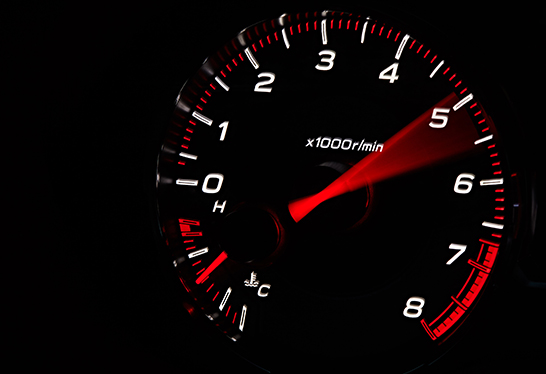
Clutch Shudder
Indicator:
Clutch Shudder
Effect:
The vehicle has a severe shudder on take-off or/and between gear changes
Cause:
1. If a new clutch has been fitted the flywheel must have been machined-If it has not, then this may cause the shudder (please note: flywheels which are not machined may affect the clutch warranty)
2. Incorrect flywheel machining (i.e machined on a lathe)
3. The clutch disc may have oil/grease contamination
4. Engine and/or gearbox mounts are worn or damaged
5. Incorrect bedding in procedure
Action:
1. Check engine and gearbox mounts-repair or replace as necessary
2. Check for any engine or gearbox oil leaks that can impact on the clutch (rear main seal, rocker cover or front gearbox seal)-repair as necessary
3. All new clutch components must be in service for a minimum of 1,000 kilometres of normal driving for efficient bedding in.
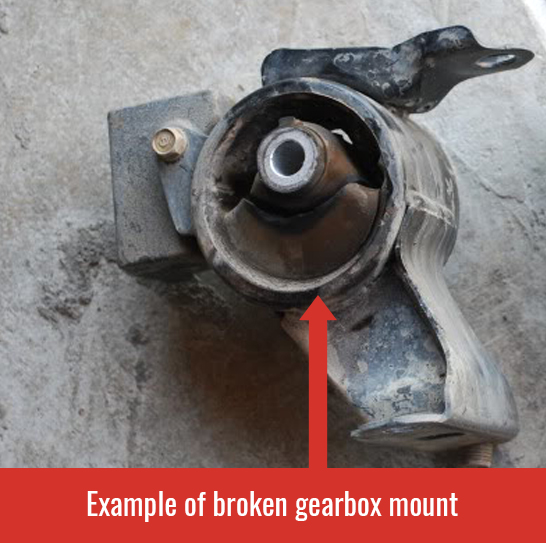
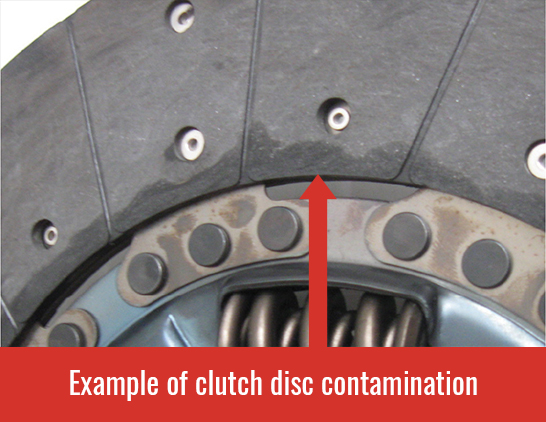
Complete Loss of Drive
Indicator:
Complete Loss of drive
Cause:
1. The clutch centre has had a total failure
2. The linings have come off the clutch disc
Effect:
The clutch is unable to transfer the engine power through the driveline.
Action:
1. Remove gearbox
2. Identify the reasons for the failure (see Trouble Shooting Clutch Disc Loss of Drive)
3. Replace clutch kit and renew (machine flywheel) or replace any other clutch service components (spigot/dual mass)
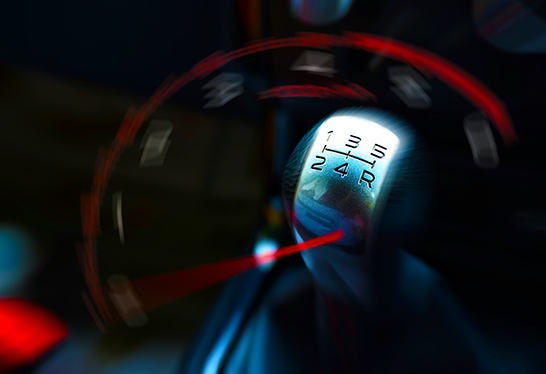
Vibration/Noise on start-up and with acceleration and de-acceleration
Indicator:
Vibration/Noise on start-up and with acceleration and de-acceleration
Cause:
The worn dual mass flywheel is causing vibration/noise
Effect:
1. There is a harsh noise and/or vibration when the vehicle is started or when shut down
2. There is a harsh noise and/or vibration when the vehicle is revved or under de-acceleration
Action:
1. Assess the vehicle loads and conditions the vehicle is being used for.
Difficulties with clean gear selection
Indicator:
Difficulties with clean gear selection (including when a new clutch has been fitted).
Cause:
1. The release of the clutch is insufficient (this will give a low clutch engagement)
2. The clutch hydraulics are preventing the clutch to operate efficiently
3. The clutch control system is not operating correctly allowing correct release (fork, pivot ball, operating cable etc)
Effect:
The clutch disc is not released correctly and still driving the gearbox
Action:
1. Assess the master cylinder adjustment (most have an adjustable push rod to lengthen the operating stroke)
2. Bleed the system to remove any trapped air (bleeding tools may be required to bleed correctly)
3. Assess the operating mechanisms to ensure they are serviceable an allowing the clutch to have optimum travel.
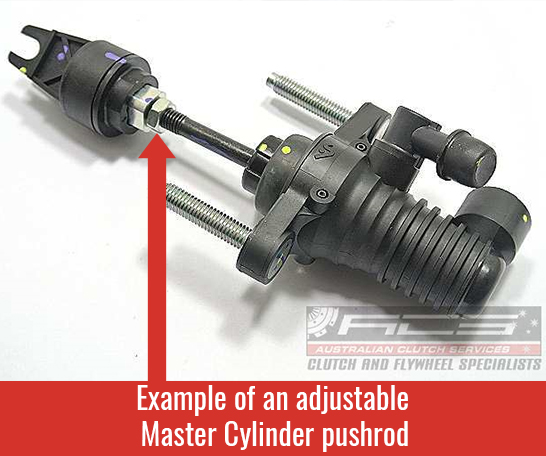
Noise or squeak coming from the bellhousing area
Indicator:
Noise or squeak coming from the bellhousing area
Cause:
Poorly lubricated Clutch Fork, Pivot Ball, Bearing to Fork contact face or Bearing guide tube (Incorrect release bearing failure diagnosis)
Effect:
1. These noises will be identified when the clutch is engaged (foot off the pedal).
2. To check with the vehicle running and foot off the clutch, if the noise is present apply the clutch – if the noise disappears then the likelihood of the bearing being at faulty is low. Please see below for remedy.
3. To double check the problem lubricate the clutch fork/pivot ball and back of the bearing with some spray lubrication. If the noise has disappeared then the likelihood of a bearing failure is eliminated. Please note spray lubrication is only a short term solution and the noise will come back with use. Please also be careful not to over lubricate the release components as it may compromise the clutch operation
Action:
1. Remove the gearbox. Inspect all clutch control components – Repair or replace if necessary
2. Clean and lubricate all moving components in the clutch operation system. ACS recommends SPG3 lubricating grease which is available from your local distributor.
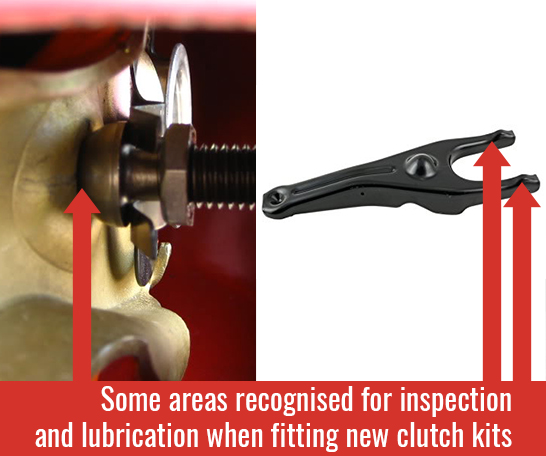
Trouble Shooting
- Clutch Cover
-
Clutch Disc
- Difficult Disengagement(10)
- Loss of Drive(5)
- Noise & Vibration(3)
- Other(2)
- Shudder (judder)(3)
- Slipping(6)
- Clutch Master Cylinder(1)
- Clutch Slave Cylinder(1)
- Clutch Spigot Bearing, bush (pilot bearing)
-
CSC (concentric slave cylinder)
- CSC Leaking(1)
- Loss of Fluid(5)
- Other(1)
- Flywheel
- Thrust Bearing
- Vehicle Diagnostics(6)





